Games Workshop Is Riding High - But They Could Have Done Better
Games Workshop is an exceedingly successful gaming company; a company that has succeeded, sometimes despite itself.
Games Workshop is without doubt one of the most enduringly successful Wargames companies in the world. Recently it shared a £20 million bonus amongst it's employee's, due to another stellar year of profit. Core revenue was up to £560 million. Core profit increased to £210 million.
Compare this to Mantic Games, one of its main competitors. Their core profit was £4.3 million.
Games Workshop holds the advantage of two vast, fully developed and long running fictional universes. That of ‘Warhammer’ and ‘Warhammer 40,000’, covering fantasy and science fiction. These two artistic licenses have spawned hundreds of wargames, board games, video games, Role play games and fictional stories, as well as vast amounts of authorized merchandize.
It would be easy to say that the Executives of this company, can do no wrong. Easy to say, though not accurate.
It was not always like this, and they still make mistakes that for smaller companies, would have been a death sentence.
Enforced Evolution
I remember the darker days.
Games Workshop had been riding high on the profits of its 3rd to 5th edition of Warhammer 40k and the enduring popularity of Warhammer Fantasy back in the early 2000’s. However, a few years later Warhammer Fantasy was starting to slip in profitability and Warhammer 40k needed a new edition.
The new direction from executives was that Games Workshop would swing from being a ‘gaming'’ company to being a ‘miniatures’ company. That the rules, would be secondary to that of selling the models themselves, because the models were more profitably.
This did not go down well with players.
Warhammer fantasy effectively ‘ended' with the ‘End Times' series of rulebooks and background, attempting to give players a satisfying end to the original ‘Old World'.
This made way for a new ‘rules light' version called ‘Warhammer Age of Sigmar'. The original rules for this edition only came to a few A4 pages and introduced new factions to the universe such as the ‘Stormcast'.
Players did not get on board; and other gaming companies quickly took advantage.
Those who wanted to continue playing ‘Mass' battle original Warhammer style games, rather than Age of Sigmar's more skirmish level conflicts, moved wholesale to Mantic games latest ‘Kings of War' edition. Mantic quickly produced army lists that bore a clear resemblance to Games Workshops original armies, allowing players to move easily to playing with Mantic Games rules.
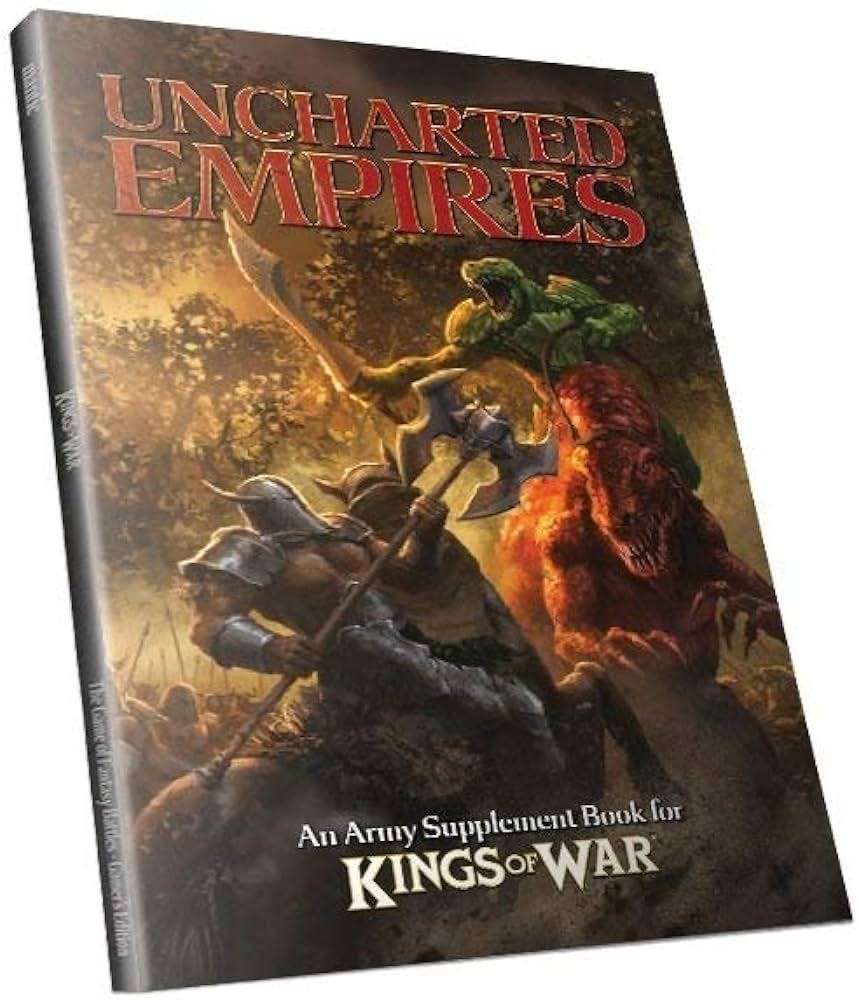
On the science fiction side, it was Privateer Press who were one of the companies to reap unexpected benefits, as many players moved to their ‘Warmachine' rules set that depicted battles between steam powered bipedal machines.
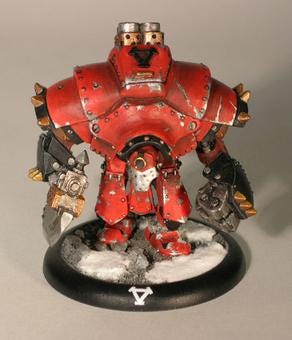
GW profits slumped. Stores closed. A new executive was appointed
Games Workshop quickly swung back to improving its rules set. Whilst it couldn’t immediately get back the players it had lost, it did quickly manage to vastly improve both the background and rules for Warhammer Age of Sigmar, moving the storyline forward as well as consolidating and improving faction unit options.
Additionally, it moved the Warhammer 40k story forward and made the ‘Horus Heresy' rules (referring to a major background event in Warhammer 40k) official and capitalizing on the plastic models and boxes already produced.
It brought old games back in new molds. Necromunda roared back onto the scene, a popular skirmish level science fiction game set in the underground workings of vast ‘hive' cities between rival criminal gangs. Blood Bowl, a fantasy sports game, got a new edition and vast trove of new models.
Finally and prehapes most importantly, they also massively expanded the use of their artistic licenses. Far more video games, books and spin off board games by the likes of Fantasy Flight were produced from 2017 onwards.
GW profits soared, and stayed high.
They could do no wrong…
And yet…
I myself am a long term Horus Heresy era fan. In 2012 when Forge World was rolling out various types of resin manufactured Heresy era marks of armour and vehicles, I was very much on board.
Yet decisions in the deployment of the 2nd edition Horus Heresy rules AND Legion Imperialis, a smaller scale wargame set in the same era, were very strange
The 2nd Edition Horus Heresy started well enough, with an excellent ‘starter' box set that included a vast trove of infantry and support units that could be built as two opposing forces or as one almost complete army.
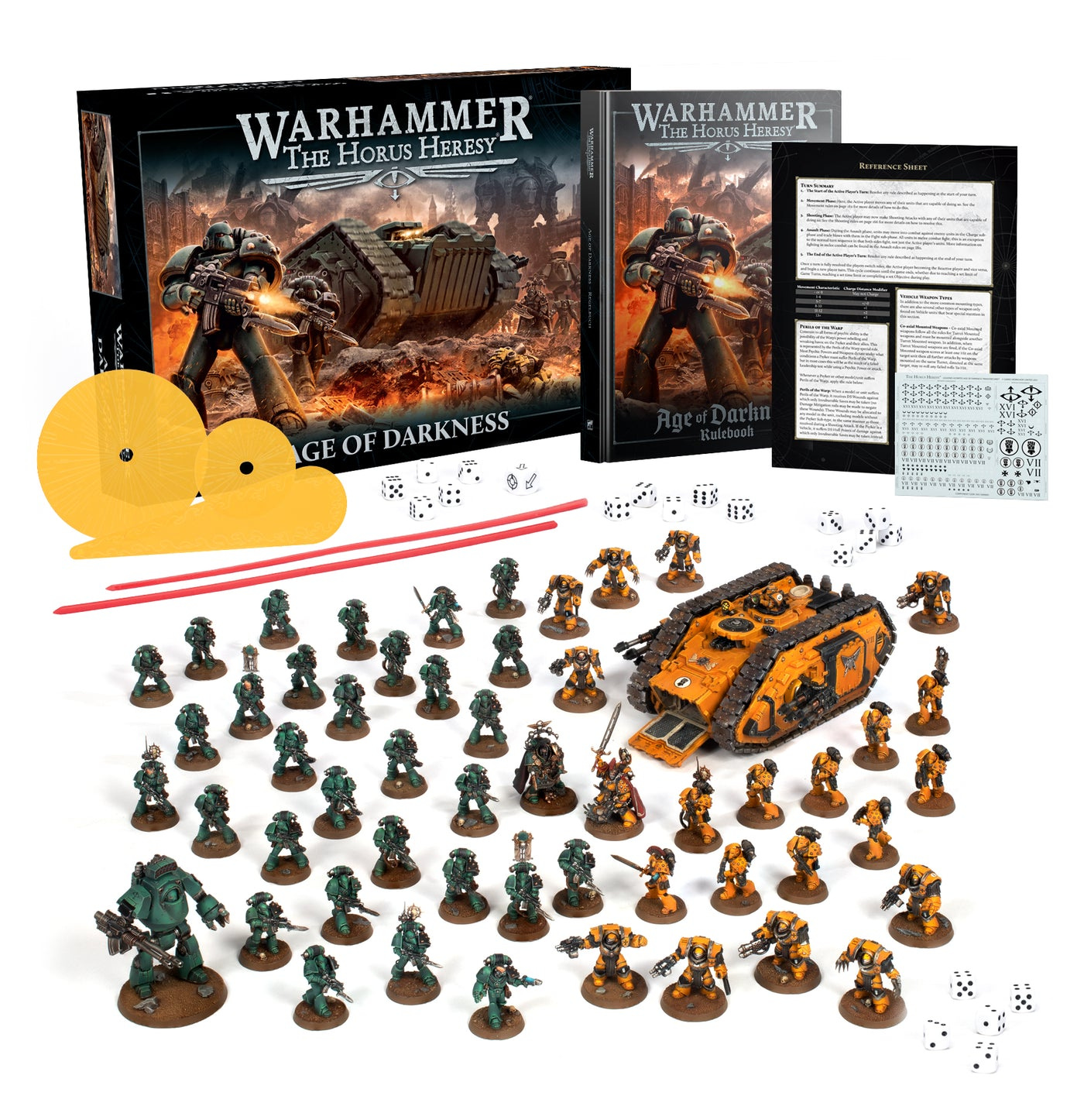
Using a combination of existing plastics and a variety of re-engineered Forge World vehicles now in plastic, the Horus Heresy 2nd edition started out strong.
But after a couple of years, things seemed to stagnate.
New infantry units and vehicles no longer came out with the same regularity. Certain key ‘core' infantry units were never released, forcing players to make their own using 3D printing or cannibalizing existing kits carefully, especially if they wanted to play in official GW tournaments.
The release of these missing official units would have netted GW, at that time, considerable profit.
Then there is Legions Imperialis
In comparison to release of Warhammer Horus Heresy ‘Age of Darkness’, Legions Imperialis on the other hand got off to a rocky start and seemed never to recover. The original box set was delayed due, apparently, to bad proof reading of the rule book that required reprinting. Thing was, that wasn’t the biggest issue.
The starter box set itself was a bizarre combination of units that, taken together, didn’t even make a legal formation. Whilst this was explained away by referring to the ‘allies’ rules and providing a downloadable ‘legal' force organization option it was still a bit of a ‘swing and a miss'.
The availability of core units, normal tanks and infantry for the two main launch factions (Space Marines and Solar Auxilia) made actually building a legal army difficult without seeking to break up the original starter box set or just straight up 3D printing your own similarly scaled units; a lost profit opportunity.
Even the original core army lists for these 2 factions were missing essential unit rules. The Solar Auxilia launched without rules for armoured personnel carriers, and the Space Marines were missing light tanks and speeder units. These only followed many months later in an additional expansion book and even then, the additional official models took further time to fully release.
This was in stake contrast to the bigger scale Horus Heresy rule set, that produced multiple faction books with ALL unit rules, regardless of faction.
The treatment of existing same-scale games was even more bizarre. Where ‘Titanicus’ (A game dealing with giant war machines called Titans, set during the Horus Heresy) was maintained by providing the necessary templates in the Imperialis rebranded boxes, many ‘Aeronautica’ (a game dealing with air combat in the same scale as Legions Imperialis) models meantime were completely discontinued despite the immense potential offered by the possibility of ‘Heresy’ era air combat with Xenos factions.
Indeed, at present there appear to be no plans for alien armies for Legions Imperialis, despite the fact that the likes of Orks and Aeldari armies were present during the Horus Heresy and would have expanded the games scope and available player base.
Another wasted opportunity. Why?
Development time and cost may well have been a factor but, to the outside eye at least these decisions did not maximize profit potential. Legions Imperialis could have been considerably more popular if it’s launch had been better managed. Even with the boxed set delay, it’s contents and the subsequent releases were also at fault. It just took too long for the game to get off the ground.
As such the general consensus is it’s not going to be around long in its current iteration.
Onward to glory!
Other gaming systems have seen nothing but success in comparison. Blood Bowl rides high on a ruleset that had hardly changed since the original edition; why should it? It's fantasy football done right, with a vast roster of teams and players keeping variety of gaming style fresh.
Necromunda likewise maintains interest via a diverse range of gangs and Characters, updated on a regular basis.
Lord of the rings, a gaming system that had stood the test of time for decades, still sees new releases. A sleeper hit that quietly maintains extensive group play.
Warhammer Age of Sigmar now has a solid player base, and Warhammer 40k likewise still maintains a strong gaming presense.
So maybe Games Workshop can afford to make mistakes; it has the corporate muscle to weather any games that don't make the cut. Yet even such giants of gaming industry must watch their back.
Mantic Games, considerably smaller it might be, has managed to snap the Halo license and its ‘Halo Flashpoint’ game has been a success.
Corvus Belli has expanded the use of its ‘Infinity' universe successfully into the likes of board games and fiction, mimicking GW's success with its fictional universes.
Atomic Games, having recently acquired the rights to the likes of the Star Wars Legion wargame, is attempting to put its stamp on this game, upgrading the rules and intending to produce more units as well as improving existing plastic moulds.
Games Workshop has recently released ‘Warhammer The Old World', which finally swings back to the mass battle games of old. Additionally it recently announced the pending release of the 3d edition of the Horus Heresy rules.
Yet the mistakes made with Legions Imperialis linger, and the way the new Horus Heresy rules launch will be closely watched, especially the likes of the cost of the new starter box.
Enjoy your Dreadnought

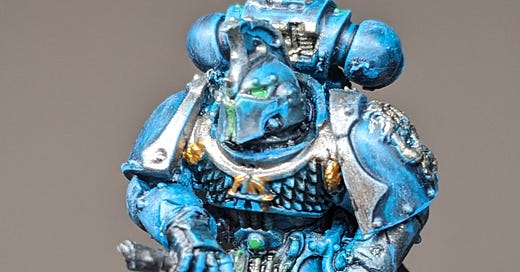



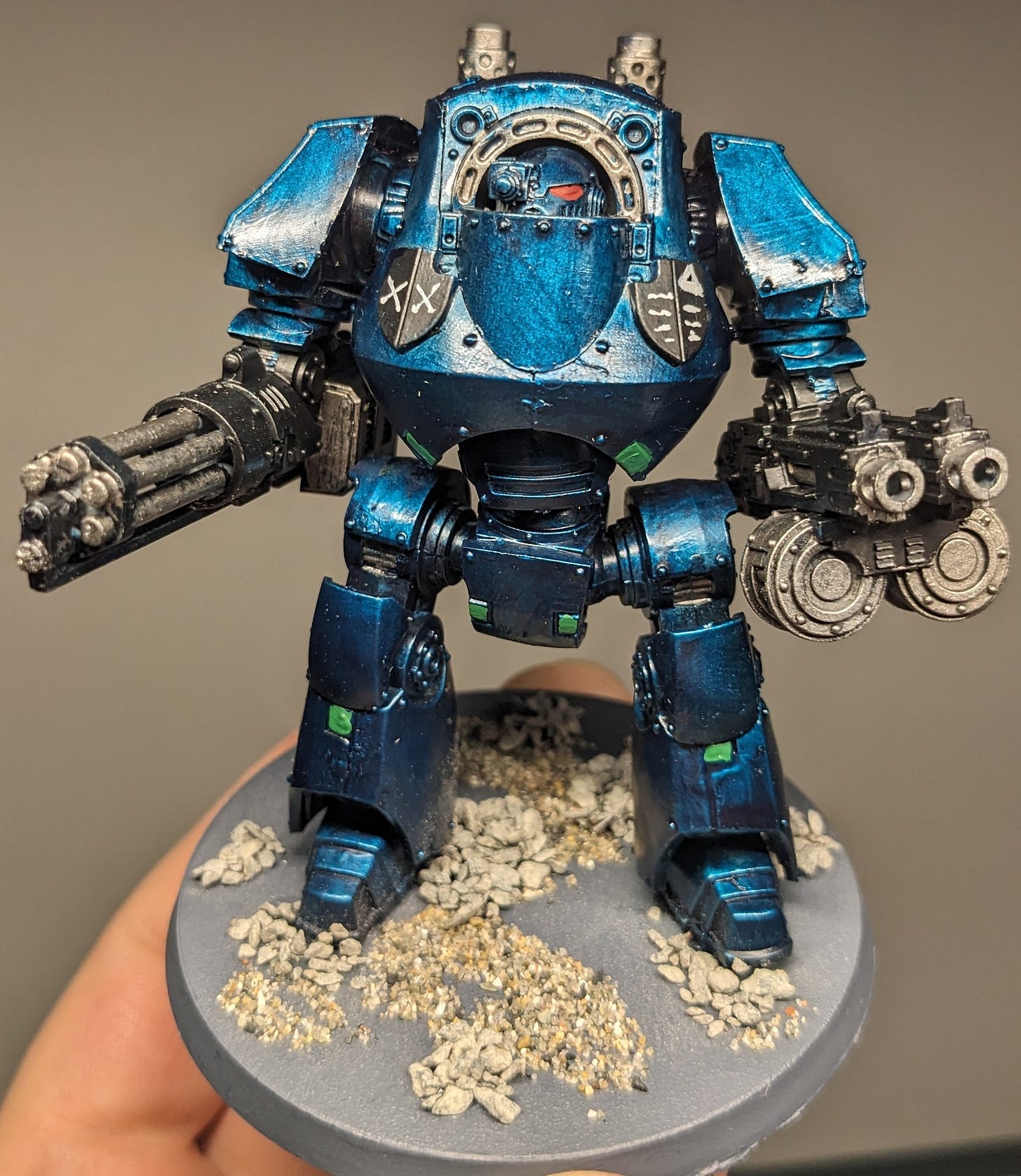
They are certainly thriving and very much a success. They keep going despite mistakes here and there.
40k is a bit corporate now. The Rise of 'Primarus' marines is a tough point for some veteran players. The models are cool but the stories are...meh. Rules aren't great these days.
I remember fondly the early 2000's and mass battles with 4th and 5th edition 40k. And I was dead keen on old Warhammer. I had vast Wood Elf and Undead armies and I must say I deeply regret selling them off.
I'm trying to get into the new Old World rules using some Mantic Dwarves from a good 15 years ago. Never sold them so now they're getting used 🤷🏼♂️
I am so glad that Old World has been brought back. Its dragged me back to a hobby I abandoned years ago - I categorically refuse to accept that Age of Sigmar exists, frankly. I see it as generic fantasy tosh, while proper Warhammer has a distinct character.
Admittedly as someone who has always been more interested in the atmosphere and story of Warhammer than the game rules themselves, I'm not sure what I think about the direction of 40K. Call me an old fogey, but I loved the old days of the early 2000s, when the universe was frankly barely fleshed out, and you could draw inspiration from the incredible artwork of John Blanche. Now it's all a little.... I don't know... corporate?
Anyway, I'm extremely happy to see GW thriving. A British success story, and one which trades on the FTSE 100!